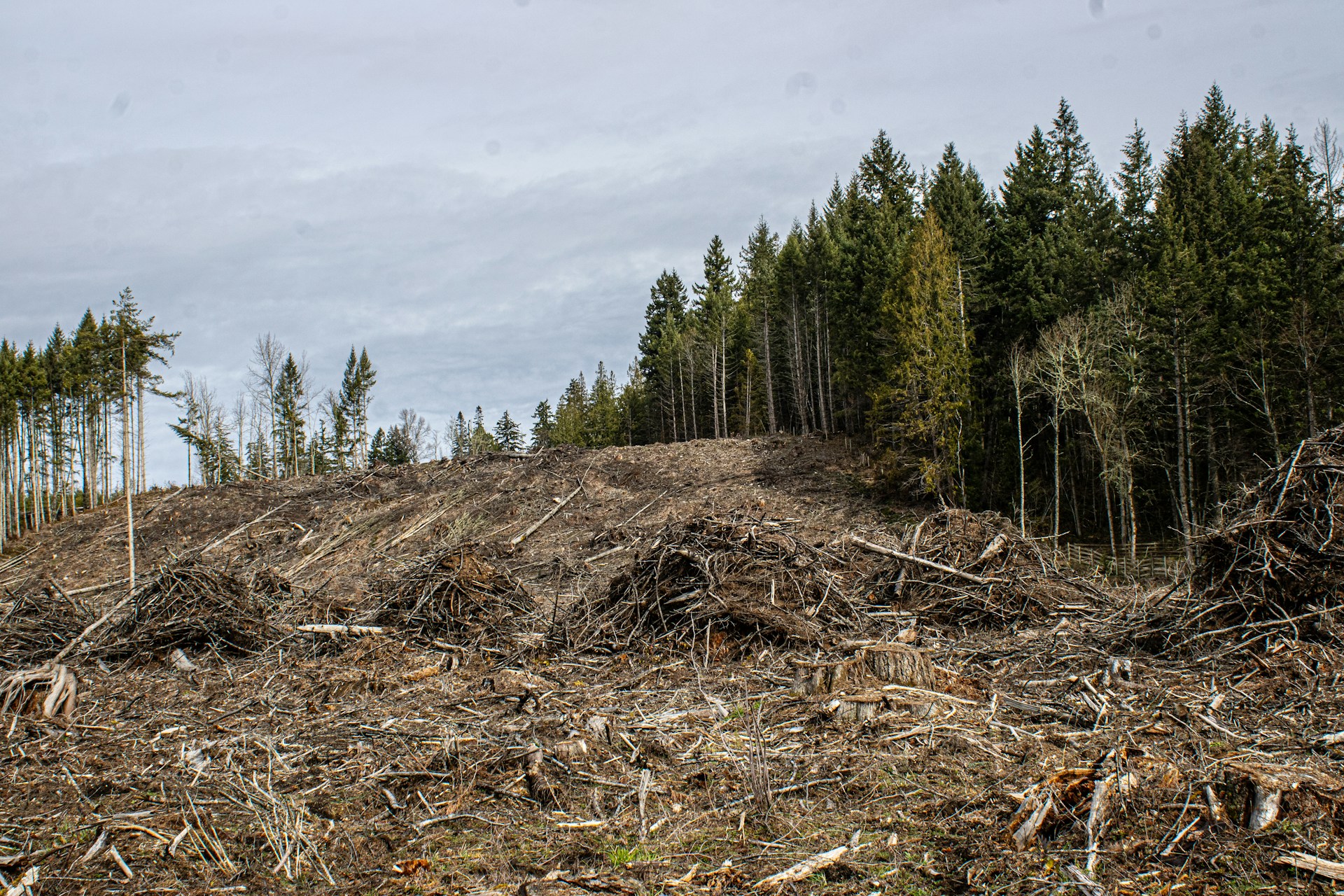
Schroders’ inaugural Group Nature Report
6 June, 2025
Tree hugging might once have been for hippies, but Schroders’ inaugural Group Nature Report makes it clear that biodiversity loss is not just an issue for nature lovers, it’s a material financial risk that boardrooms can’t afford to ignore.
Schroders’ report aligns with the Taskforce on Nature-related Financial Disclosures (TNFD), quantifying the nature-related impacts across £778.7 billion in assets under management (AUM) across 9,000 companies, using their new model NatCapEx.
They found that just 10% of Schroders’ AUM is responsible for the majority of its material nature-related risk exposure, primarily from sectors like energy, materials and utilities. Key risks identified include carbon emissions, land use change, ecosystem disruption and freshwater use. Schroders warn shifts in policy, such as the EU Deforestation Regulation, or increasing liability and reputational risks, could materially impact asset values.
But it’s not all doom and gloom. The report also highlights that shifts to nature positive practices such as recycling, regenerative agriculture and nature-based carbon solutions could unlock $10.1 trillion in business opportunities and 395 million new jobs globally by 2030. Shroders is already making use of these opportunities, for example investing into Ocean 14 Capital which supports marine ecosystem protection by investing in companies such as Aion which provides a marine plastic recycling service or Tilibras, a vertical tilapia fish farm producing sustainable, low-impact protein.
Schroders’ Group Nature Report isn’t just a disclosure, it’s a challenge to the industry. They are calling for deeper integration and consideration of biodiversity and ecosystem services into mainstream investment decision making. As natural capital becomes more financially material, financial institutions ignoring these risks and opportunities could find themselves left behind.
By Nia Vines
 Back to all friday 5
Back to all friday 5